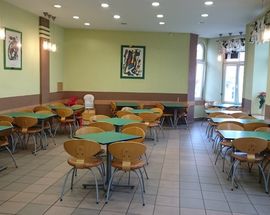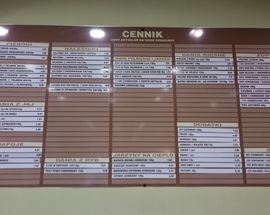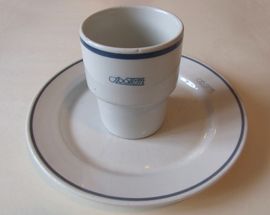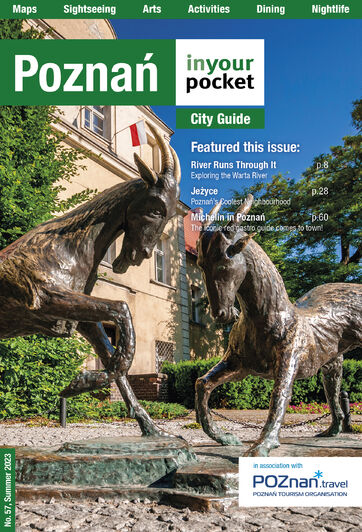The concept, though strongly connected to the People’s Republic, actually dates back to the turn of the century; specifically, to a certain Stanisław Dłużewski, a dairy farmer and member of the Polish gentry, who opened the “Nadświdrzańska Dairy” in 1896 Warsaw. Serving simple, milk-based breakfast and lunch items - cocoa, coffee, cheese, baked goods, pierogi, groats with soured milk, potatoes with kefir - he wooed urban workers and the more leisurely, artistic class, and other entrepreneurs followed suit, popularizing the dairy bar idea.
Fast forward to the post-WWII years - what with the new communist regime and general scarcity, the idea of simple, cheap eateries for the proletaryat was perfectly in line with the reigning ideology. Meant to provide hot food for workers who lacked canteens at their place of employment, milk bars provided many other benefits to the communist state, from freeing up women - traditionally responsible for cooking - to work outside the home, to an efficient distribution of whatever food was currently available in the shortage economy, to controlling one more aspect of citizens’ lives. And, of course, it was yet another thing to do communally. With fancy restaurants gone (too bourgeois), milk bars now fed everyone, factory workers rubbing shoulders with university professors and even government officials.
Broadly speaking, the food was sub-par, the staff grumpy, and the crockery chipped and needing a thorough scrub. For a period of time, the menu was even determined by the government, which meant the same bland dishes - with flour and dairy taking centre stage, and meat only sometimes making a brief cameo - served at all milk bars. The bars were strictly self-serve and usually followed the same scheme: patrons would queue up to the cashier, choose the dishes they wanted (each meal component, from cabbage to potatoes, had its own price), then surrender their receipt to a seemingly disembodied hand extending from an opening in the wall, which would in return issue a sloppily loaded plate.
With the collapse of communism most milk bars went bankrupt or transformed into more western-style establishments, but some managed to retain a loyal customer base of pensioners, university students, and cheapskates. Kept alive by state subsidies, which help the prices stay low and impressively random-looking (who needs rounding?), these feed museums are an essential experience for anyone interested in the history of the People’s Republic, or just looking for a very cheap meal.
That being said, ordering milk bar food can be intimidating if you’re a foreigner. English is unlikely to be spoken, the grumpiness has carried over from communist times, and the menu is usually a cluttered letterboard and sometimes an unintelligible mess. Some combination of pointing, scribbling, and pantomime might be necessary, but luckily we’re here to help. Check out our list of the most common Polish dishes, many of which will be available; other words which you might encounter include ziemniaki (potatoes), kapusta (cabbage), buraczki (beets), pomidorowa (tomato soup), fasolka (beans), naleśniki (crepes), krokiety (croquettes), ryba (fish), kluski or kluchy or kopytka (dumplings without filling), schabowy (schnitzel), kompot (a boiled fruit drink), flaki (tripe stew), and kaszanka (blood sausage). Remember to clean up after yourself, by taking the dishes back to the window in the wall or to a designated table after you’re done eating, lest you invoke the wrath of the babcia in charge.
Below we list the great three survivors which still exist in the centre of Poznań. Go, and dine like it’s 1967 (and you’re stuck behind the Iron Curtain).





_m.jpg)


Comments